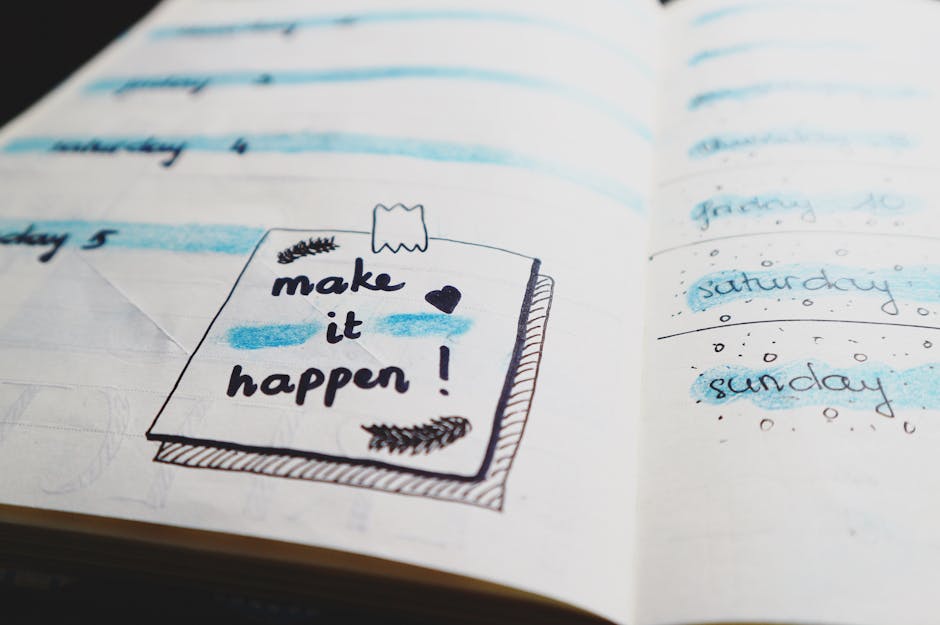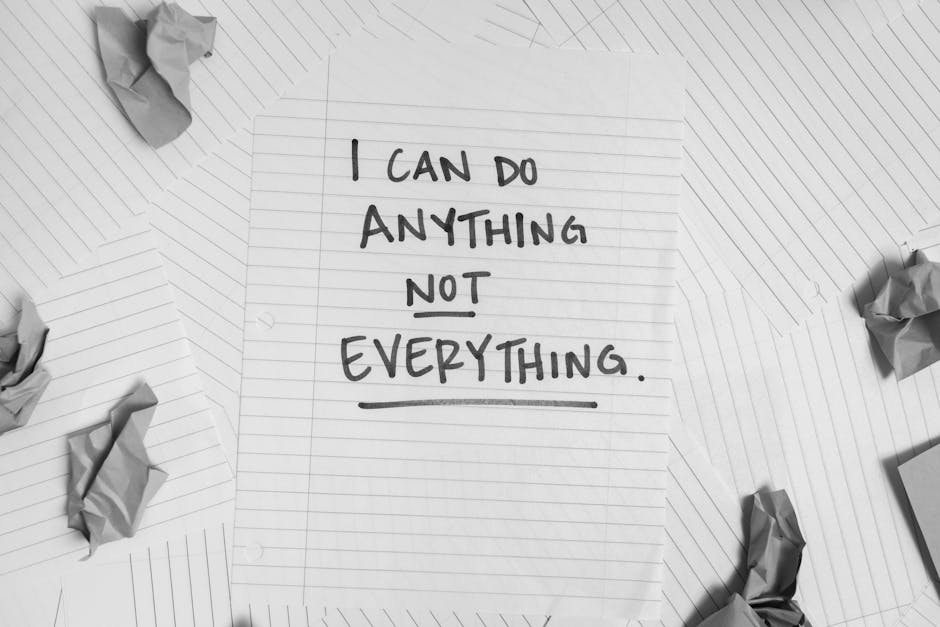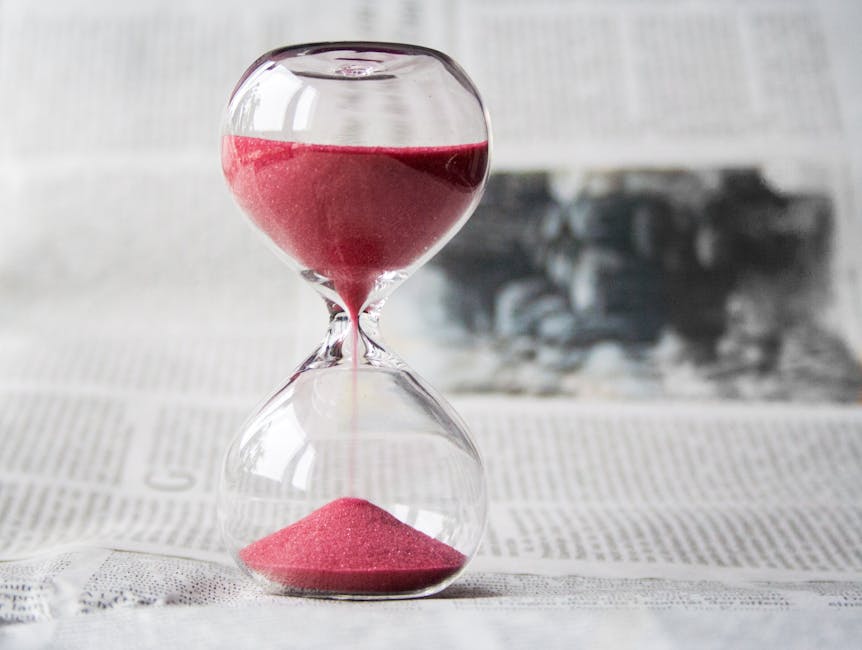Introduction: The Foundation of Consistent Productivity

Photo by JESHOOTS.com on Pexels
Productivity is more than a fleeting burst of energy—it’s a purposeful rhythm, a cultivated practice that transforms ordinary days into meaningful progress. In the fast-paced world we navigate, the ability to consistently accomplish what matters most is a skill that sets the foundation for personal and professional growth. At Style QA, we believe productivity isn’t about doing more for the sake of busyness; it’s about doing what matters with clarity, intention, and style. In this comprehensive guide, you’ll discover actionable strategies to master your daily momentum, helping you move from intention to impactful action—every single day.
Planning with Purpose: Structuring Your Day for Success

Every productive day starts with a plan. Without a clear structure, even the most motivated individuals can fall prey to distractions and decision fatigue. Begin by outlining your day in advance—either the night before or first thing in the morning. This simple act of planning provides a roadmap, reducing the mental clutter that often derails focus. Start by listing your top three priorities for the day. These should be the tasks that, if completed, will make the biggest difference in your progress. By focusing on a small set of high-impact tasks, you avoid spreading your attention too thin and ensure that your energy is directed where it counts most.
Time blocking is a powerful technique to support your daily structure. Allocate specific chunks of your day to dedicated tasks or categories of work. For instance, reserve mornings for deep, focused work and afternoons for meetings or administrative tasks. This intentional scheduling combats the productivity-draining effects of multitasking. Remember to include buffer periods for unexpected interruptions, allowing your plan to be flexible rather than rigid. When your day has a clear structure, you’re less likely to waste time deciding what to do next and more likely to dive into meaningful work with confidence.
Finally, review your plan at the end of each day. Reflect on what worked, what didn’t, and adjust for tomorrow. This ongoing refinement transforms daily planning from a chore into a powerful habit that compounds your results over time.
Focus First: Tackling High-Impact Tasks Early

Photo by Tara Winstead on Pexels
Not all tasks are created equal. The difference between a productive day and a busy one often lies in your ability to identify and complete your most impactful work first. Start your day with the task that will move you closest to your goals—the one you might otherwise postpone. This approach, inspired by the “Eat That Frog” philosophy, builds momentum and creates a sense of accomplishment that fuels the rest of your day.
To implement this, begin each morning by pinpointing your highest-impact task. Ask yourself: “If I could only accomplish one thing today, what would have the greatest positive effect?” Commit to working on this task before checking emails or engaging in reactive work. By doing so, you harness your freshest energy and attention, making it easier to overcome resistance and distractions.
It’s natural to feel some discomfort when facing challenging or complex tasks. However, consistently prioritizing these tasks trains your mind to embrace discomfort as a pathway to growth. Over time, this habit becomes second nature, and you’ll find yourself making significant progress while others are still getting started. Remember, productivity isn’t about doing more—it’s about doing what matters most, first.
Building Sustainable Habits: From Intention to Autopilot

True productivity is rooted in habits—small, repeated actions that accumulate into remarkable results. While motivation can spark action, it’s habits that sustain momentum over time. Start by identifying one or two simple behaviors you can repeat daily. For example, reviewing your plan each morning, or dedicating the first 30 minutes of your workday to your most important project.
To build lasting habits, make them obvious and easy to start. Set visual cues, such as a sticky note on your desk or a recurring calendar reminder. Pair new habits with existing routines—for instance, review your priorities while sipping your morning coffee. Track your consistency to reinforce your progress; even a simple checkmark on a calendar can boost your sense of accomplishment and commitment.
As you embed these habits, resist the urge to overhaul your entire routine at once. Sustainable change is gradual. Focus on incremental improvements, celebrating small wins along the way. Over time, these habits become automatic, freeing up mental energy for creativity and problem-solving. The key is persistence—showing up for yourself, day after day, until productivity becomes part of your identity.
Time Management Techniques: Maximizing Every Hour

Effective time management is the backbone of daily productivity. One proven method is the Pomodoro Technique, which involves working in focused intervals—typically 25 minutes—followed by a short 5-minute break. This structured approach helps maintain concentration, reduces mental fatigue, and ensures regular opportunities to recharge. After four cycles, take a longer break to reset fully.
Another powerful strategy is batching similar tasks together. Grouping related activities, such as responding to emails or making phone calls, minimizes context switching and enhances efficiency. Designate specific times for these tasks rather than scattering them throughout the day. This focused approach allows you to enter a state of flow, where progress feels effortless and distractions fade into the background.
Don’t overlook the importance of boundaries. Protect your focus by setting clear start and end times for work, minimizing unnecessary meetings, and communicating your availability to colleagues or family. Use digital tools and apps to block distracting websites or silence notifications during deep work periods. By managing your time intentionally, you create space for both productivity and rest, ensuring you can sustain high performance over the long term.
Energy Management: Aligning Tasks with Your Natural Rhythms

Photo by Kindel Media on Pexels
Productivity isn’t just about managing time—it’s about managing energy. Each person has natural peaks and valleys in their alertness and motivation throughout the day. Pay attention to your own rhythms: When do you feel most focused and energized? When do you tend to experience dips in concentration?
Schedule your most demanding work during your peak energy periods. For many, this is in the morning, but it may vary based on your individual chronotype. Reserve less intensive or routine tasks for times when your energy naturally wanes. Incorporate regular breaks to recharge—step outside for fresh air, stretch, or practice a brief mindfulness exercise. Even short pauses can dramatically boost your ability to concentrate when you return to work.
Physical well-being plays a significant role in sustained productivity. Prioritize quality sleep, balanced nutrition, and regular movement. A well-rested mind is more resilient, creative, and capable of tackling challenges. By aligning your work with your body’s natural rhythms and caring for your health, you set the stage for consistent, high-quality output—day after day.
Overcoming Distractions: Creating a Focus-Friendly Environment

Photo by Anna Tarazevich on Pexels
In our hyper-connected world, distractions are everywhere—email notifications, social media, and endless streams of information compete for our attention. To protect your productivity, create an environment that supports focus. Start by identifying your primary sources of distraction and take proactive steps to minimize them. This might mean silencing your phone, closing unnecessary browser tabs, or setting boundaries with those around you during deep work sessions.
Designate a specific workspace that signals to your brain it’s time for focused activity. Even if you work from home, a dedicated corner or desk can make a significant difference. Use noise-cancelling headphones or background music to block out ambient distractions. Communicate your focus times to others, letting them know when you’re unavailable for interruptions.
It’s also essential to manage internal distractions—those thoughts and worries that pull your attention away from the task at hand. Practice mindfulness techniques, such as deep breathing or a brief meditation, to anchor your attention in the present moment. If you find your mind wandering, gently redirect your focus back to your work. Over time, these practices strengthen your ability to concentrate, making it easier to maintain momentum in any environment.
Review and Reflect: Continuous Improvement for Lasting Results

The most productive individuals don’t just work harder—they work smarter by regularly reflecting on their progress and refining their approach. At the end of each day or week, set aside time to review what you accomplished, where you encountered challenges, and what you can improve moving forward.
Ask yourself: Did I focus on my highest priorities? What habits supported my productivity, and where did I get sidetracked? Use these insights to adjust your strategies, experiment with new techniques, and eliminate what’s not working. This process of continuous improvement transforms productivity from a static goal into a dynamic journey of growth.
Celebrate your successes, no matter how small. Recognize the progress you’ve made and the habits you’ve established. By making reflection a regular practice, you stay connected to your purpose and maintain the motivation needed for sustained momentum. Productivity is not a destination—it’s a lifelong pursuit, and each day offers a new opportunity to refine your craft.
Conclusion: Styled with Purpose, Answered with Insight

Photo by Alena Darmel on Pexels
Mastering daily momentum is about more than checking off tasks—it’s about aligning your actions with your values and aspirations. By planning with purpose, focusing on high-impact work, building sustainable habits, and managing both your time and energy, you create a foundation for consistent productivity. Overcoming distractions and regularly reflecting on your progress ensures that your efforts are always moving you closer to your goals.
At Style QA, we believe productivity should be as intentional as it is stylish—a blend of purposeful action and thoughtful reflection. With these evergreen strategies, you’re equipped to navigate each day with clarity, confidence, and a sense of accomplishment. Let your productivity be a reflection of your purpose, styled with insight for a life of lasting impact.
Sources
- https://www.simplilearn.com/best-productivity-hacks-to-get-more-done-article
- https://clean.email/best-productivity-tips
- https://www.productiveblogging.com/productivity-habits/
- https://www.getclockwise.com/blog/easy-productivity-hacks-successful-work

